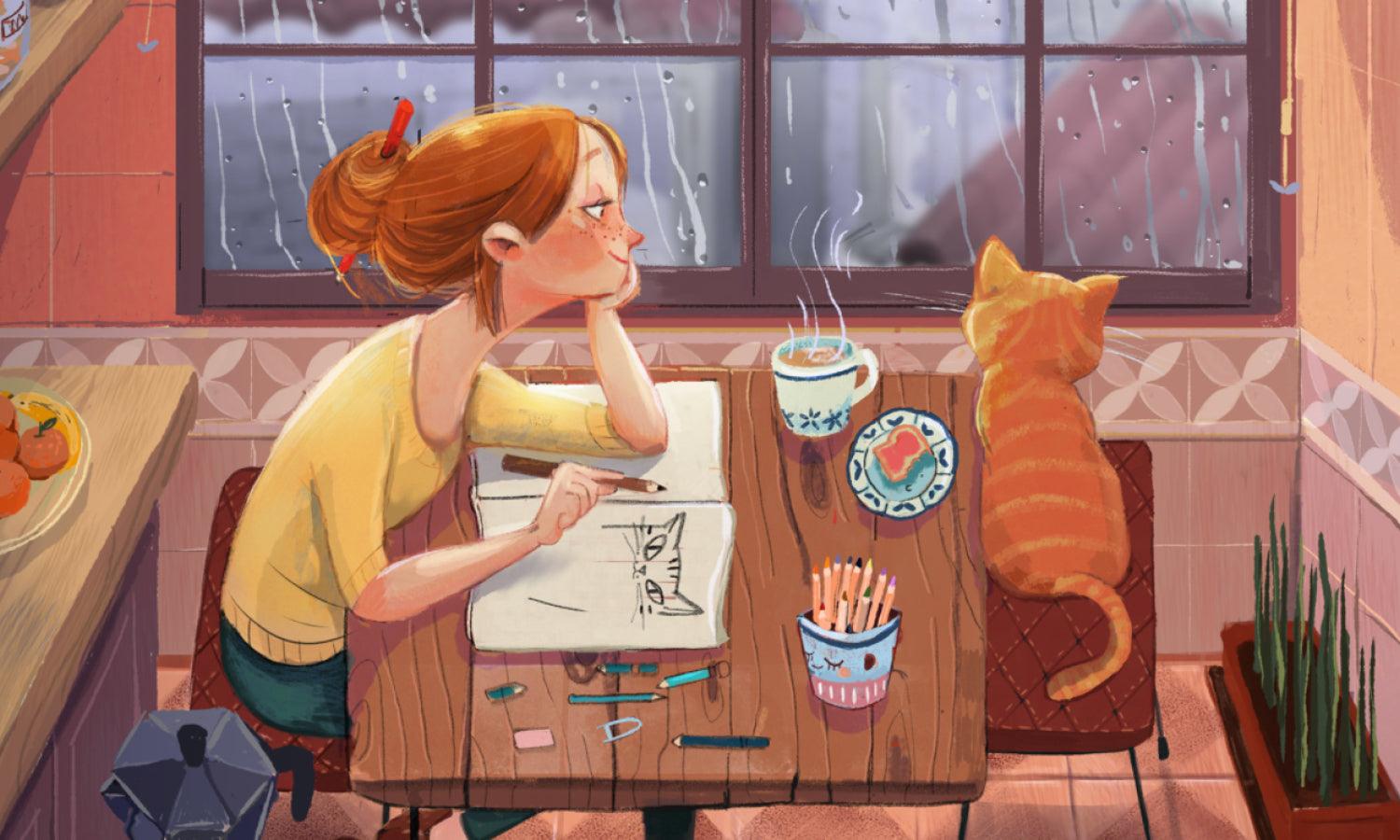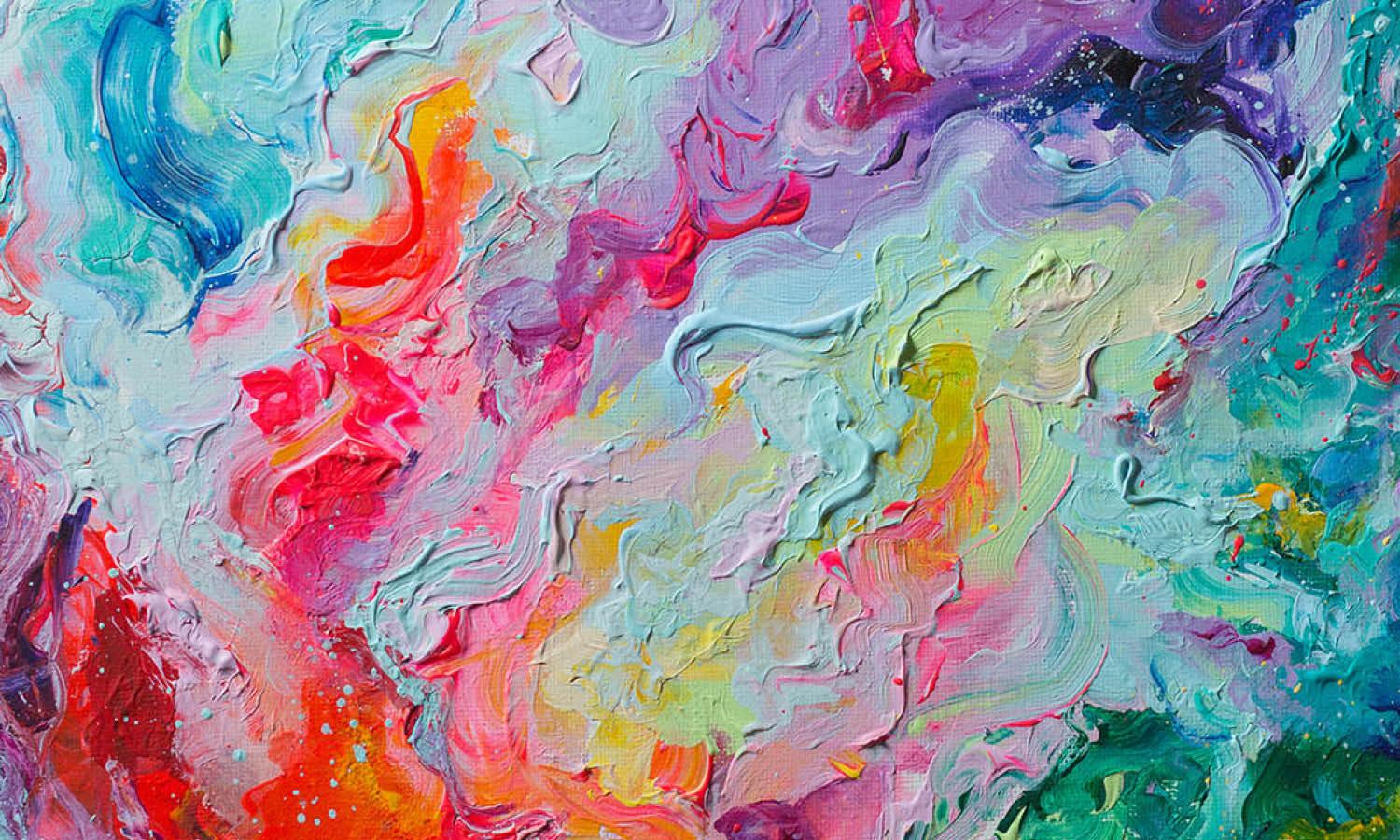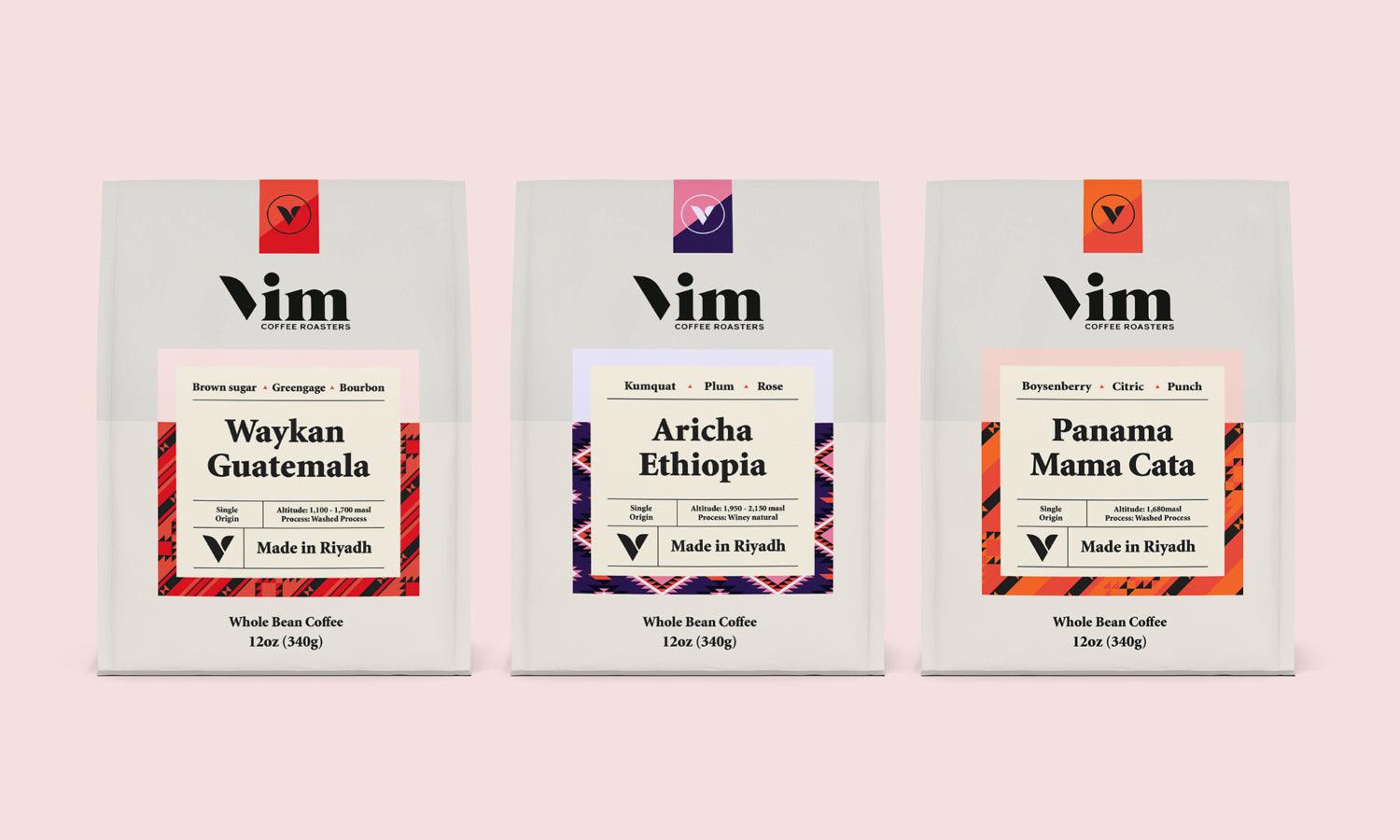10 Must-Try Sketching and Painting Techniques for Stunning Illustrations

Creating stunning illustrations is something every artist strives for, whether you're just beginning to explore art or you're a seasoned professional. The good news is that there are many techniques you can try to elevate your sketching and painting skills. Sometimes, all it takes is a little experimentation to discover methods that make your artwork stand out.
In this article, we’ll dive into 10 must-try sketching and painting techniques that can help you take your illustrations to the next level. These techniques will give your artwork more depth, texture, and emotion, allowing you to produce art that is not only beautiful but also captivating.
1. Gestural Drawing for Dynamic Sketches
If you're looking to add energy and life to your sketches, the technique of gestural drawing is a great starting point. This method involves quickly sketching the basic form and movement of your subject without worrying too much about fine details.
The goal is to capture the essence of the subject in a few quick lines. Think of it as a warm-up for your creative mind, helping you loosen up and embrace fluidity in your artwork.
Gestural drawing is perfect for practice sessions, especially if you’re drawing people, animals, or any moving objects. You can also practice this technique with paint by number kits.
2. Cross-Hatching for Depth and Texture
Cross-hatching is one of the oldest and most reliable techniques for creating depth and texture in your sketches. This involves layering lines in different directions to create shading and shadow.
By varying the density of the lines, you can control how dark or light a section appears. Cross-hatching works especially well in pencil drawings but can also be used with ink, charcoal, or even watercolor.
It’s important to remember that cross-hatching is all about precision. If you want to show light and dark areas, you’ll need to experiment with how much pressure you apply to your lines. The more lines you add in different directions, the darker and more intense the shadow becomes.
3. Watercolor Washes for Soft and Fluid Backgrounds
Watercolor is famous for its delicate, transparent quality, and it’s an amazing medium for creating soft, fluid backgrounds. By using a technique called a "wash," you can lay down a thin layer of watercolor over your drawing to create smooth gradients and transitions in color.
To create a wash, you need to mix watercolor paint with plenty of water. You can then apply it across your paper in broad, sweeping strokes, allowing the color to blend and fade into the white space.
For a stunning effect, try layering different colors on top of each other, letting them blend into one another for a smooth gradient.
4. Dry Brushing for Texture and Detail
Dry brushing is a painting technique that involves using very little paint on a dry brush, resulting in a rough, textured effect. This technique is perfect when you want to create the illusion of texture, such as rough surfaces, fur, or even weathered wood.
To dry brush, dip your brush into a small amount of paint, wipe most of it off on a paper towel, and then lightly drag the brush across your paper or canvas.
The beauty of dry brushing lies in its ability to create subtle, textured details without making things too heavy.
5. Negative Space Drawing for Visual Impact
Negative space refers to the area around and between objects in a composition. By focusing on the negative space in your drawings, you can create more balanced and visually striking artwork.
This technique teaches you to see beyond the subject itself and pay attention to the empty spaces that surround it. Negative space drawing is especially useful for achieving a minimalist look or for highlighting the subject of your illustration.
It’s also an excellent method for adding balance to a piece that might otherwise feel too cluttered. By incorporating negative space thoughtfully, your drawings will have a modern and fresh appeal.
6. Sgraffito for Textural Contrast
Sgraffito is a technique where you scratch or scrape through layers of paint, ink, or pencil to reveal the surface underneath. This technique is excellent for adding texture and creating striking contrasts in your illustrations. It works well with oil pastels, chalk, or even watercolor.
To practice sgraffito, start by applying a solid color on your surface, then, using a sharp tool or a dry brush, gently scratch through the paint to expose the underlying layer.
Sgraffito is perfect for creating detailed textures, like the rough bark of a tree or the intricate folds of fabric. It can also be used for making highlights in areas where you want to bring out light or add contrast.
7. Blending for Smooth Transitions
Blending is a technique used to create smooth transitions between light and dark areas, making your sketches and paintings appear more realistic. Whether you’re working with pencils, pastels, or paints, blending helps to soften harsh lines and merge different tones together.
To blend, simply use a soft blending tool like a blending stump, a cotton swab, or your fingers to smooth out the edges of your drawing or painting.
Blending is an essential technique to master if you want your illustrations to look more polished and three-dimensional. The key is to practice varying the pressure as you blend, so you can achieve subtle, seamless transitions that bring your illustrations to life.
8. Splashing for Energy and Drama
If you’re looking to add a burst of energy or a dramatic flair to your artwork, try incorporating splashing into your painting techniques. Splashing involves flicking or tossing paint onto your surface, allowing it to land randomly to create an exciting and unpredictable effect.
You can use this technique with any medium, but it’s particularly effective with watercolor or acrylic paints.
Splashing is great for abstract work, but it can also be used as a way to create texture or accents in more realistic pieces. For example, you could splash paint onto a forest scene to suggest leaves falling, or use it to create stars in a night sky.
9. Underpainting for a Strong Foundation
Underpainting is a technique where you begin your artwork with a monochromatic layer of paint, usually in a neutral color like burnt sienna or grey. This layer serves as a foundation for your painting, helping to define shadows, highlights, and the overall composition before adding color.
Once the underpainting is dry, you can layer on your final colors, allowing the underpainting to show through in some areas, giving the piece more depth and complexity.
Underpainting is particularly useful in oil painting, but it can also work with acrylics or even watercolors. By laying down a clear foundation, you’ll be able to build up the layers of your painting with confidence.
10. Pointillism for Subtle Detail
Pointillism is a technique that involves creating an image using tiny dots of color. It’s a unique way to add subtle detail to your work without relying on traditional brushstrokes. By layering the dots in different densities and colors, you can create shading, texture, and depth in your illustrations.
Pointillism requires patience and precision, but the results are rewarding. As you build up the dots, the image begins to take form and can even appear to change depending on your distance from the artwork.
Conclusion
Mastering these sketching and painting techniques can help take your illustrations from simple sketches to stunning works of art. Each technique adds a different layer of depth, texture, and expression to your work, allowing you to experiment and discover new ways to enhance your creativity. By practicing these techniques, you’ll not only improve your technical skills but also find your own artistic voice. Happy sketching!










